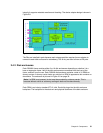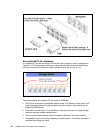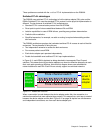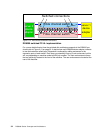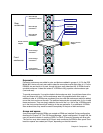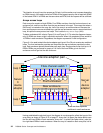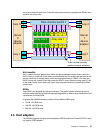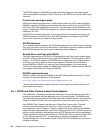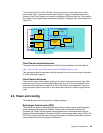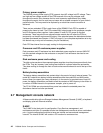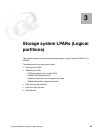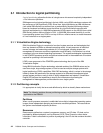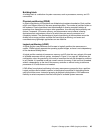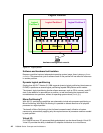
Chapter 2. Components 39
The card itself is PCI-X 64 Bit 133 MHz. The card is driven by a new high function, high
performance ASIC. To ensure maximum data integrity, it supports metadata creation and
checking. Each Fibre Channel port supports a maximum of 509 host login IDs. This allows for
the creation of very large storage area networks (SANs). The design of the card is depicted in
Figure 2-16.
Figure 2-16 DS8000 FICON/FCP host adapter
Fibre Channel supported servers
The current list of servers supported by the Fibre Channel attachment is at this Web site:
http://www.storage.ibm.com/hardsoft/products/DS8000/supserver.htm
This document should be consulted regularly because it has the most up-to-date information
on server attachment support.
Fibre Channel distances
There are two types of host adapter cards you can select: long wave and short wave. With
long-wave laser, you can connect nodes at distances of up to 10 km (non-repeated). With
short wave you are limited to a distance of 300 to 500 metres (non-repeated). All ports on
each card must be either long wave or short wave (there can be no mixing of types within a
card).
2.6 Power and cooling
The DS8000 power and cooling system is highly redundant.
Rack Power Control cards (RPC)
The DS8000 has a pair of redundant RPC cards that are used to control certain aspects of
power sequencing throughout the DS8000. These cards are attached to the Service
Processor (SP) card in each processor, which allows them to communicate both with the
Storage Hardware Management Console (S-HMC) and the storage facility image LPARs. The
RPCs also communicate with each primary power supply and indirectly with each rack’s fan
sense cards and the disk enclosures in each frame.
QDR
QDR
PPC
750GX
Flash
Buffer
Data Protection
Data Mover
ASIC
Protocol
Chipset
Processor
Data Mover
1 GHz
Fibre Channel
Protocol
Engine
Fibre Channel
Protocol
Engine



